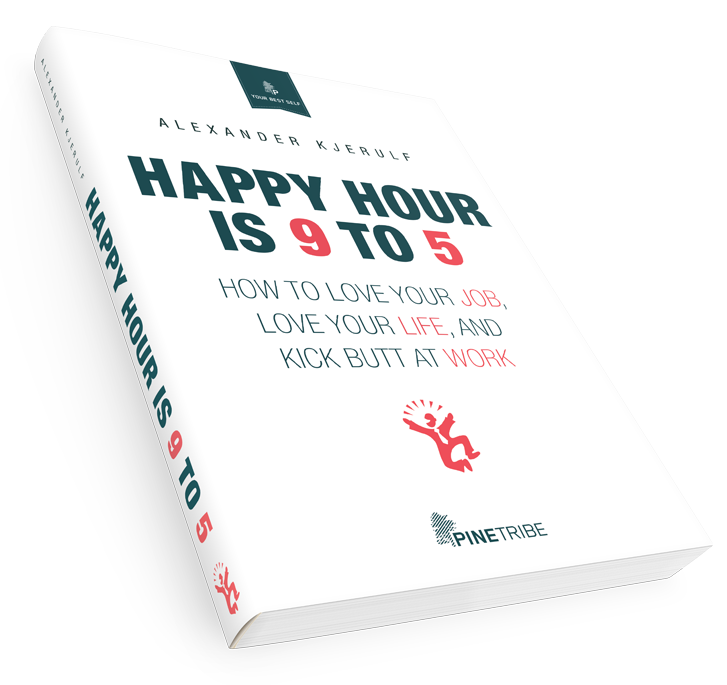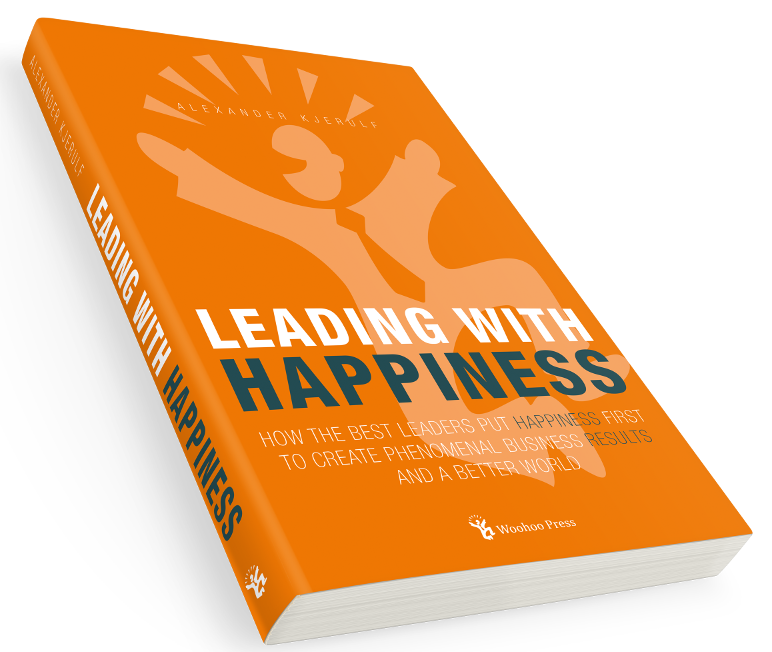This article was written byTais Lyager Rasmussen and Woohoo inc’s newest employee Thomas Christensen .
What do you do when you do not get the happiness you wanted? You make it yourself!
As a child growing up, you quickly learn that you do not always get what you want. This is pretty much a fact of life. You wanted the red electronic toy car but instead you got told to use your imagination and go play outside. Your favorite band is playing tomorrow night – sorry, you have to work late.
Everyone experiences these kinds of situations and everyone hates them. When life fails to match your expectations, for whatever reason, a gap is created between the expectations of your life and the realities of your life. Obviously, this makes you unhappy, life was revealed to be less than you thought it was. But is this always the case? Research has shown that our ability to cope with unfavorable situations is greater than previously thought – because of a mechanism called synthetic happiness. Synthetic happiness is a form of personal psychological happiness.
According to Professor of Psychology at Harvard University Dan Gilbert there exist two different kinds of psychological happiness, the natural kind and the synthetic kind. Gilbert explains that: “Natural happiness is what we get when we get what we wanted, and synthetic happiness is what we make when we don’t get what we wanted”. Hang on; is happiness not just the result of getting what you want? Surely it is not something you can just make up yourself. People that say that they are happier about the outcome they did not want are just fooling themselves, right? Well it turns out that it is actually possible to create your own happiness, called synthetic happiness, and that this form of happiness is equally as good as natural happiness.
The name “synthetic” carries with it some associations that are less than ideal. A more fitting name would be personal happiness, because the internal validation that adds value to a choice you have already made is just that, internal and personal.
Dan Gilbert’s fascinating experiment
Gilbert did an experiment with individuals suffering from anterograde amnesia, a condition making it impossible for them to acquire new memories – think of the movies “50-first dates” or “Memento”. Gilbert approached these individuals and asked them to rank 6 paintings from the one they liked the most to the one they liked the least.

Gilbert explained that they would receive a poster of one of the paintings. They could choose between number 3 and 4. Almost all individuals chose number 3, because they liked it a little more than number 4. Gilbert then went out of the room and came back moments later. Since these individuals have anterograde amnesia they could not remember who he was, that he was just in the room or that they owned a poster of painting number 3. He asked them to rank the 6 paintings from the one they liked the most to the one they liked the least. Surely they would rank the paintings in the same general order?
Actually, individuals now ranked the poster they owned at number 2 (previously ranked 3) and the poster they had said no to (previously number 4) was now ranked number 5. Indicating that these individuals liked the poster they now own more than before they owned it, even when they do not remember that they own it!
They also like the poster they gave up less, even when they do not remember that they gave it up!
These startling results indicate that not only can individuals make their own synthetic happiness but they do this unconsciously. Gilbert also found that this unconscious ability to synthesize happiness happens more often in situations where you do not have a say in the matter.
Dan Gilbert talks about the experiment in this TED talk:
4 reasons why this is important when thinking about happiness at work
Before going into the 4 points, a crucial observation must be made. In the experiment presented above, the choice of the pictures is presented in a low risk environment. There are no wrong choices, and no one to criticize their choice once it is made. Obviously this situation does not reflect the reality of most peoples lives. Rather than considering this to be just a criticism, it would be much more prudent to consider it an argument for fostering a low risk environment, so people are less likely to second guess themselves, because it is okay to be wrong.
1: A happy life is not always about getting what you want. It is about learning to enjoy what you get.
While this might read like “Don’t worry – be happy”, Gilbert’s experiment allows us to dig a little deeper. When your boss hands you a crappy assignment it is possible to end up feeling genuine personal happiness. Even if you have no choice in accepting the assignment or not because of #2.
2: Synthetic happiness is not “cheating” yourself to happier. The experiment with the amnesiac patients demonstrates that the happiness created by themselves is true and genuine.
The idea of “Synthetic” happiness sounds like you are somehow cheating. How can you be happy when your life does not match up to expectations, or the expectations of others. Thinking of “synthetic” happiness as “personal” or “private” happiness is a much better metaphor. If you find yourself enjoying the crappy assignment your boss gave you, do not think of it as cheating or selling out. Do not worry, it is allowed to enjoy things you did not choose.
3: Natural happiness primarily relies on external factors whereas Synthetic happiness primarily relies on internal factors. As such, Synthetic happiness can be a more long-term, stable form of happiness than natural happiness.
If you have to rely on always getting what you want to be happy there is a good chance that you will be unhappy, since life is unpredictable. Happiness derived from learning to live with any outcome is much more stable in that it is applicable to every outcome and not only those where you obtain what you want.
4: General happiness in life comes from the relationship between Natural happiness and Synthetic happiness.
This is probably the most important point. The idea of synthetic or personal happiness is not to suggest that you should be less involved in your decisions or just go with the flow. There is absolutely a time and place to stand your ground. The idea behind the division of happiness is to be more reflective of the idea of happiness. If you know that you can be happy from getting what you want but also from not getting what you want, it will take some of the pressure off on always having to achieve. Enjoying something you were told to do without feeling shameful, or like a quitter, has to go hand in hand with the ability to proactively seek out what you want. This is going to take a lot of practice. Thinking of happiness in these two metaphors can be really difficult, but ultimately rewarding. Having a sense of “personal” happiness that is removed from external factors requires discipline and practice, but it will lead to a happier life.
Related posts




Leave a Reply